
- Apistat
- Ecogen / Plankton
- Timsen X
- Zeolime / Planktogen
- Ovasis
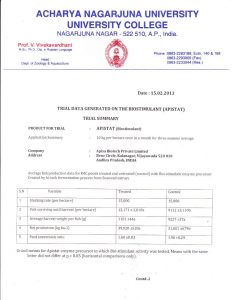
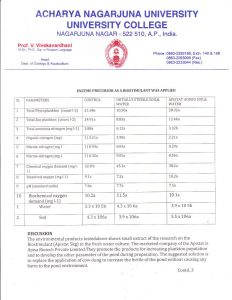
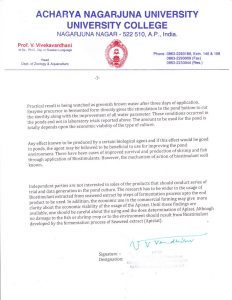
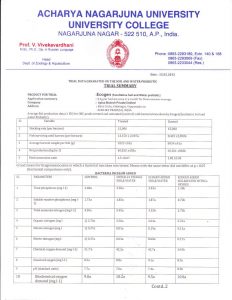
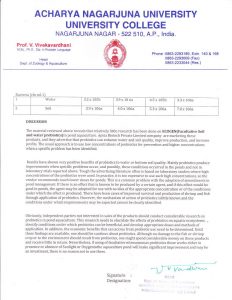
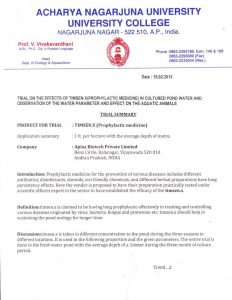
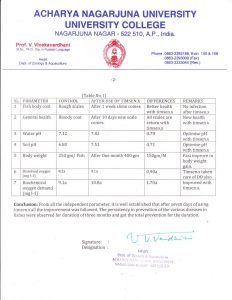






















The findings of the present study noticeably demonstrate the effectiveness of hormone ovasis on spawning as well as seed production ofC. bleheri reared under captive conditions. Results indicated that administration of 0.6 mL.kg-1 body weight of ovasis hormone showed encouraging outcomes and thus the dose can be treated as optimum dose for breeding this species. However, further investigation for the development and standardisation of breeding protocol of local fish species like C. bleheri is necessary to encourage the aqua-culturists for mass propagation and inclusion of endemic and rare species in aquaculture programme.
papillae against elongated in male fish. Gravid fish were randomly selected for breeding trails irrespective of any preferences. Synthetic hormone Ovasis(Apisa Pvt Ltd with the brand name Ovasis (USV Biotech Private Limited, Hyderabad India) containing salmon gonadotropin Mumbai, releasing analogue – 20 mcg, domperidone IP– 10 mg and propylene glycol addedto make the final volume of 10 mL was used for the trial. A successive increase in hormone (Ovasis) dosage i.e. control, 0.1, 0.2, 0.3, -1 0.4, 0.5, 0.6 and 0.7 mL.kg body weight diluted with saline water (1:1) was administered both intramuscularly and intravenously. A ratio of 2:1 (male:female) fish was maintained in each setup. A total of 54 gravid fish with 6 fish in each setup were released in an open circular experimental tank measuring 2.25× 1.5 m (radius × height) with artificial water circulatory system. The breeding tanks were supplied with Eichhornia crassipesand some artificial hideouts. The fish were immediately released in the tank following injection and abnormal movement inside the water if any was observed carefully. The latency period and egg incubation time were calculated by the time taken to lay eggs after injection and hatching of eggs post fertilisation. Fertilisation rate and hatching rate were calculated by estimating the number of fertilised eggs as compared to total eggs while the latter by the number of hatched eggs against total fertilised eggs.
